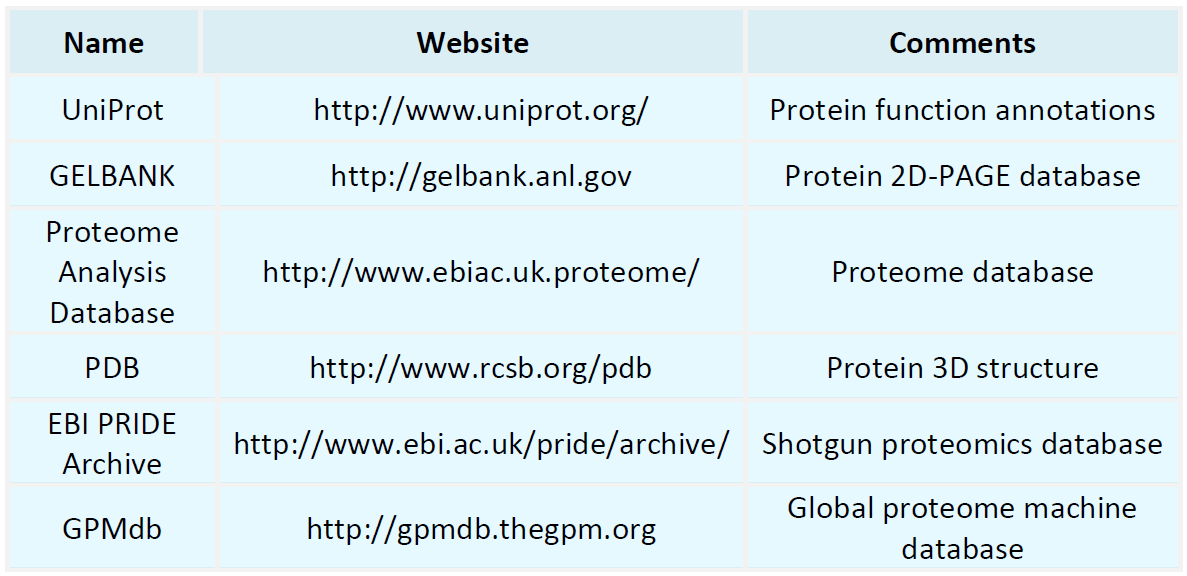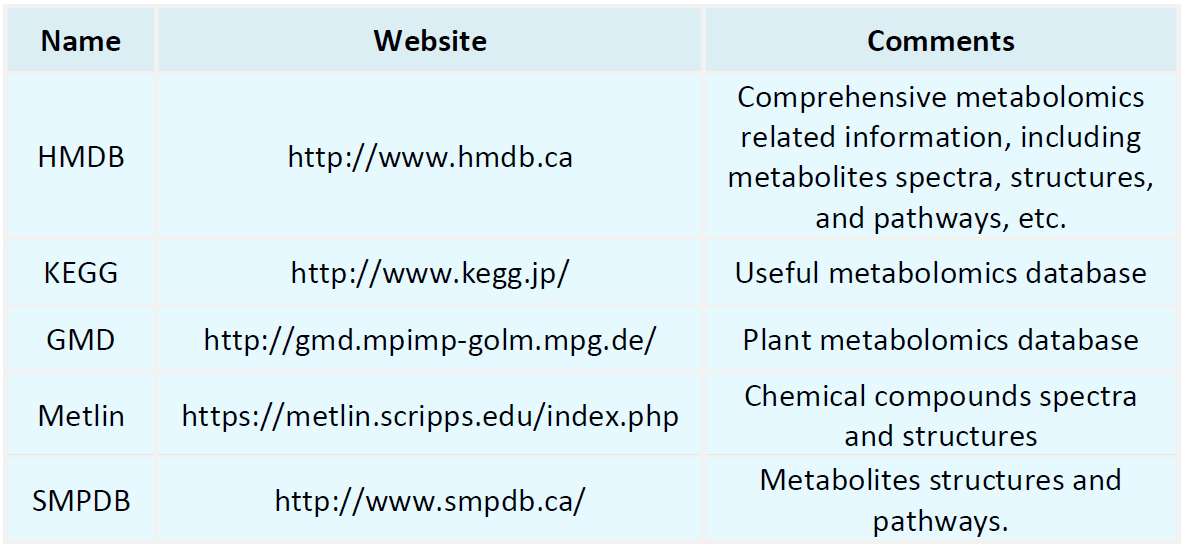Resources
Proteomics Databases

Metabolomics Databases

-
• Chemical Proteomics: Technical Limitations and Solutions
In the transition of proteomics from expression profiling to functional elucidation, chemical proteomics has emerged as a powerful approach for precisely identifying functional proteins, owing to its use of specialized molecular tools. This methodology centers on the covalent labeling of active sites, conformational states, or specific reactive residues via small-molecule probes, followed by targeted enrichment and mass spectrometry (MS) analysis to capture proteins involved in biological functions.
-
• Workflows and Data Analysis in Chemical Proteomics
Chemical proteomics is a methodology that integrates chemical probes with high-resolution mass spectrometry to systematically investigate protein functional states, molecular interactions, and small-molecule targets under in situ and native states. This approach holds significant promise in fields such as drug discovery, enzymatic function characterization, and post-translational modification analysis. In this article, we provide a comprehensive overview of the experimental workflows and data analysis .....
-
• Quantitative Approaches and Strategies in Chemical Proteomics
Proteomics traditionally emphasizes variations in protein expression levels; however, this approach falls short in comprehensively capturing the active or functional states of proteins. For instance, a protein may retain a constant expression level while undergoing substantial alterations in activity due to post-translational or covalent modifications. Quantitative analysis in chemical proteomics offers a novel strategy to overcome this limitation. By employing chemically reactive and target-specific ......
-
• What Is Chemical Proteomics Analysis
Introduction: From Expression Levels to Functional States — A New Advancement in Proteomics Proteomics traditionally focuses on profiling protein expression levels, thereby revealing changes in protein abundance under different conditions. However, this strategy often fails to capture the functional state of proteins — whether they are active or inactive, engaged in binding interactions or existing in a free form. To overcome this limitation, the field of Chemical Proteomics has emerged. By employing ......
-
• Chemical Proteomics Analysis: Methods, Advantages, and Challenges
Amid the ongoing advancement of life sciences, the precise characterization of protein function has become essential for elucidating biological processes and disease mechanisms. Traditional proteomics approaches, however, exhibit limitations in capturing protein modifications, dynamic behaviors, and interaction networks. Chemical proteomics analysis, an emerging interdisciplinary field that integrates organic chemistry, proteomics, and mass spectrometry, is redefining strategies for functional protein .....
-
• Chemical Proteomics: Principles, Methods, and Applications
In modern proteomics research, data-dependent and targeted acquisition strategies such as DDA, DIA, and PRM have been widely adopted to reveal protein expression profiles and abundance dynamics. However, these approaches primarily emphasize the presence and quantity of proteins, making them insufficient for directly characterizing functional states, such as enzymatic activity, drug-binding sites, or conformational changes. To address this limitation, the field of Chemical Proteomics has emerged.
-
• How Can Chemical Proteomics Improve the Accuracy of Protein Target Identification
In the fields of drug discovery, mechanism elucidation, and functional protein characterization, achieving accurate protein target identification remains a central challenge in biomedical research. While traditional proteomics techniques have enabled high-throughput profiling, they often fall short in directly capturing interactions between small molecules or candidate drugs and their protein targets, due to high off-target effects and limited specificity. With ongoing technological advances, chemical .....
-
• Comparative Analysis of Shotgun and Targeted Proteomics
In contemporary proteomics research, the selection of an appropriate mass spectrometry strategy plays a critical role in determining the depth, accuracy, and translational potential of the resulting data and findings. During the initial phase of a study, broad exploratory analyses are often required, for which discovery proteomics—also referred to as the "shotgun approach"—is typically employed. Once candidate targets have been identified, the focus shifts to a verification phase that demands high .........
-
• When to Choose Edman Sequencing Over Mass Spectrometry: A Practical Guide
In protein research, the choice of sequencing strategy often determines the overall success of an experiment. Although mass spectrometry (MS) has become the dominant tool for protein sequencing, Edman degradation remains indispensable in specific contexts. Determining when Edman sequencing is preferable to mass spectrometry involves not only optimizing experimental design, but also enhancing the interpretability and applicability of results. This article provides an in-depth analysis of the two strategies..
-
• Workflow of Edman Degradation
With the rapid development of proteomics, mass spectrometry (MS) has become the predominant method for protein sequencing. Nevertheless, Edman degradation, as a classical N-terminal sequencing technique, remains indispensable in specific applications. In particular, it plays a vital role in identifying N-terminal modifications, verifying the accuracy of recombinant protein expression, and characterizing novel peptide sequences, due to its direct and highly accurate sequencing capabilities.
How to order?







